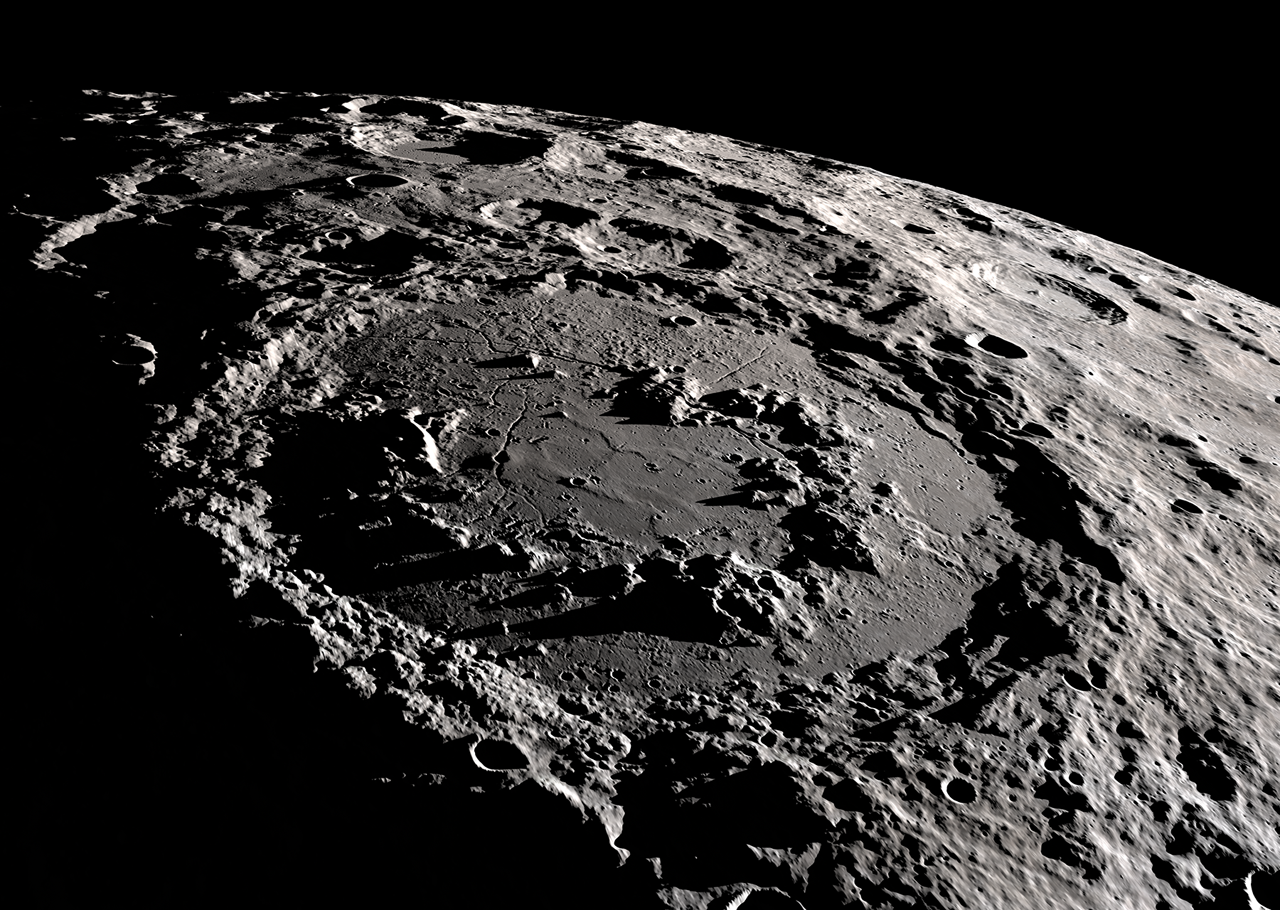During the Danori mission, the far side of the Moon was also examined with the probe’s instruments and a hitherto unexplained phenomenon was discovered.
Started on August 5, 2022 Danori The mission is South Korea’s first lunar mission to observe the celestial body using a probe orbiting the moon to learn more about the surface structures and dark areas of the celestial body. This is made possible by a NASA-provided camera called ShadowCam, which is designed to collect data from parts of the moon that never reach sunlight. The highly sensitive camera captures images at a resolution of 1.7 m/pixel, and sees into dark craters based on scattered light from surface formations in their surroundings. KARI (Korea Aerospace Research Institute) has already provided a glimpse of ShadowCam images, and the footage clearly shows how detailed the equipment is that provides a view of the Moon’s valleys and craters.
In addition to ShadowCam, Danori has been monitoring the celestial body with two cameras, a magnetometer, and a gamma spectrometer since it entered its orbit around the Moon last December, and based on its year-long work, researchers have made many interesting discoveries not only with the Moon, but also with objects. Other in space in relation to phenomena. For example, gamma-ray spectroscopy was also able to detect the explosion event GRB 221009A last October, which it called the “brightest ever recorded” (BOAT). Based on the analysis, experts consider this gamma ray burst to be the brightest gamma ray burst since the beginning of human civilization, occurring once every 10,000 years. In addition, Danori also detected gamma radiation from numerous other sources, including distant stars, as well as a surprising phenomenon for which researchers have yet to find an explanation.
nature a report According to researchers participating in the Danori mission, they presented the results of the mission at the American Geophysical Union meeting last December, including the strange discovery that experts made regarding the far side of the moon. Based on measurements by Danori and two other NASA probes, they examined the magnetic field of the far side of the celestial body, which is generated by the moon’s electrically conductive interior, and concluded that the “darker” side has stronger conductivity than the side closer to Earth. Better conductivity might indicate a temperature or other kind of difference between the two sides: the far side has a higher temperature and probably contains more water, but researchers can’t yet explain why the two halves of the moon behave differently.
Experts have been investigating the electrical conductivity of the different layers of the Moon for many decades, but since the spacecraft reached the far side of the Moon only in 2019 (the lander was sent as part of China’s Chang’o-4 mission and the GoTo-2 lander), some Measurements have only been possible in recent years. Based on the Jütu-2 data, which came from equipment probing the subsurface regolith with radar, the dielectric properties of this side of the celestial body AnalyzedIn 2022, the ETH Zurich team prepared a study on the global electrical conductivity profile of the Moon. However, the Moon still contains many uncharted territories and many questions to which researchers are only now beginning to find answers with the help of Danori and the planned missions that will follow.
(Image: Korea Aerospace Research Institute, NASA Scientific Visualization Studio)












































